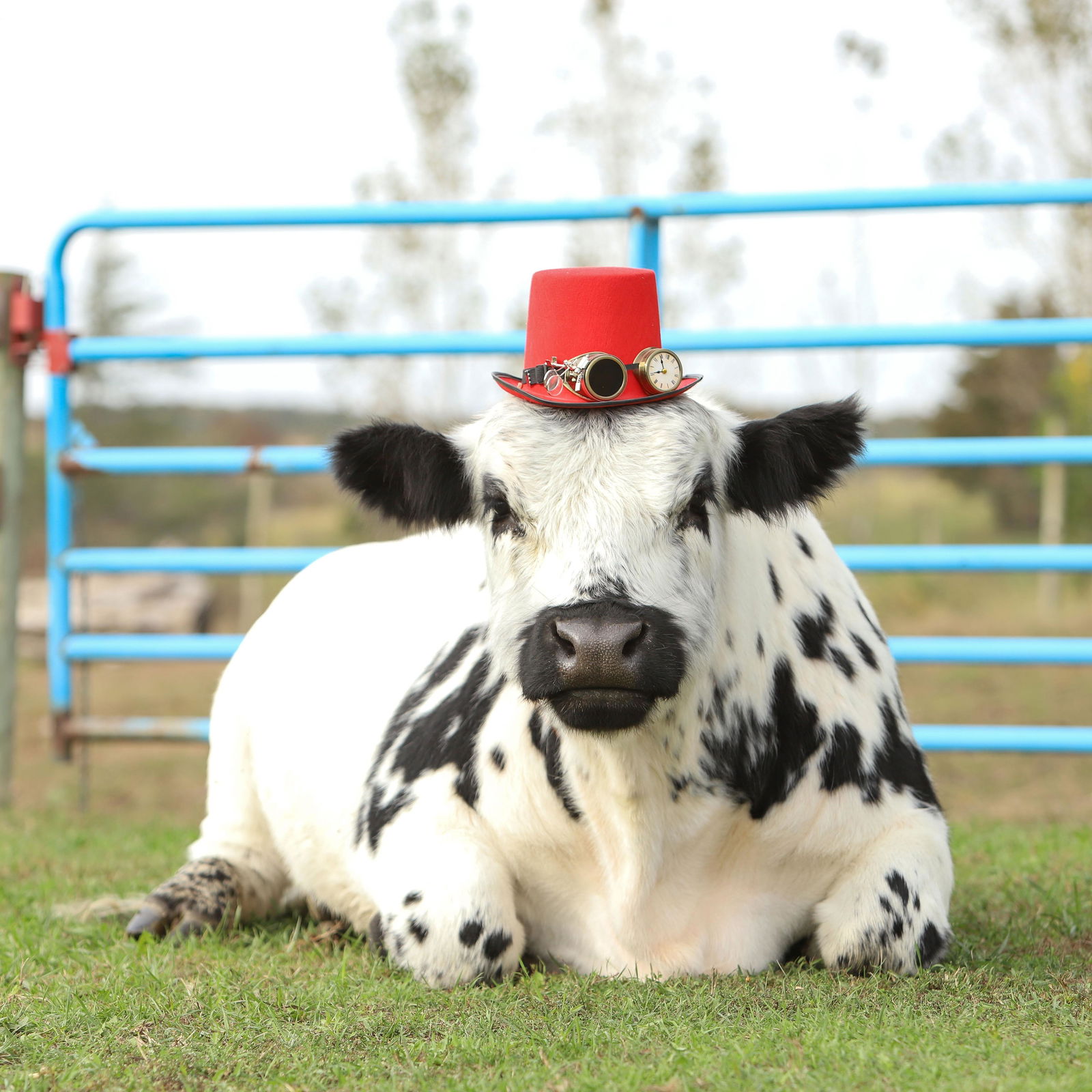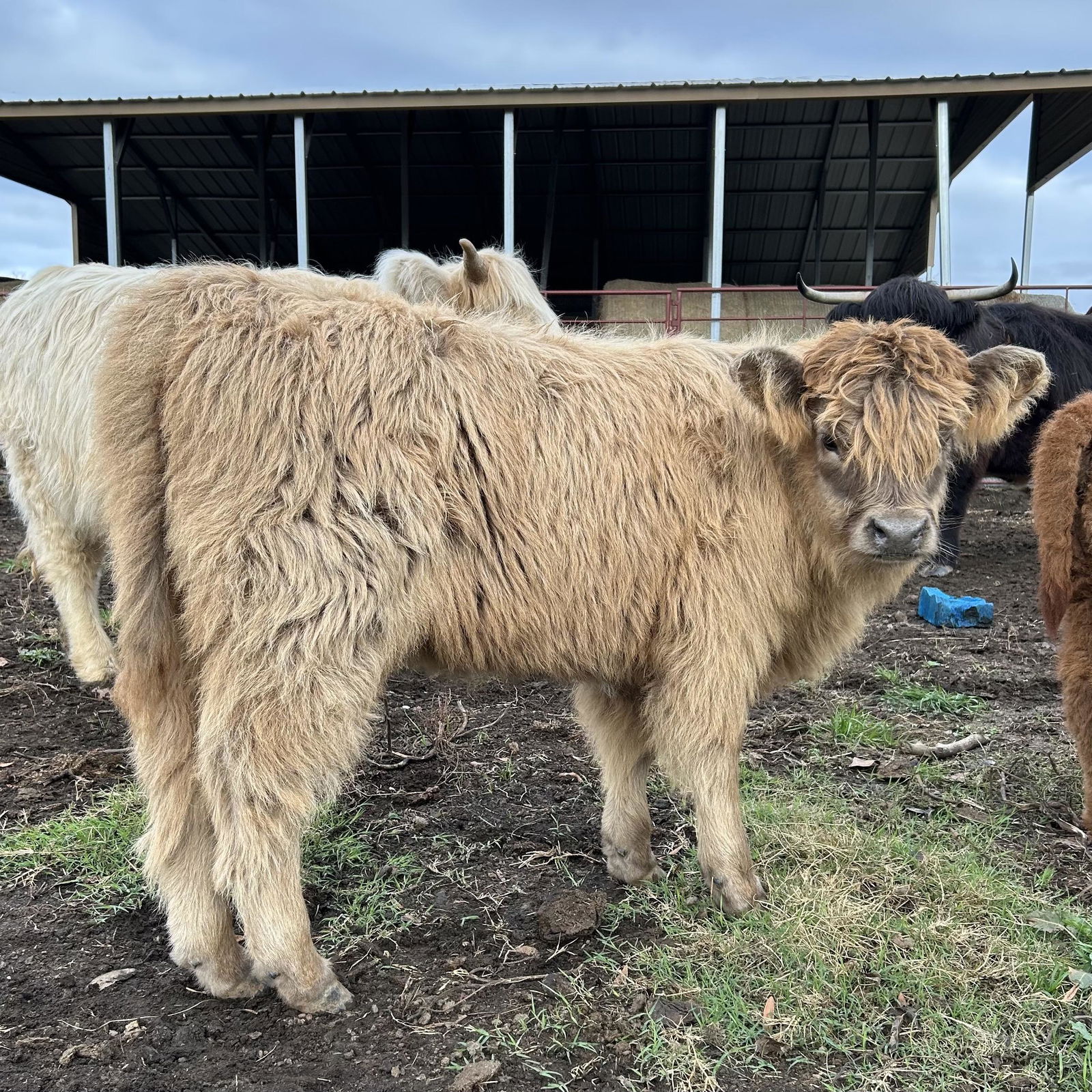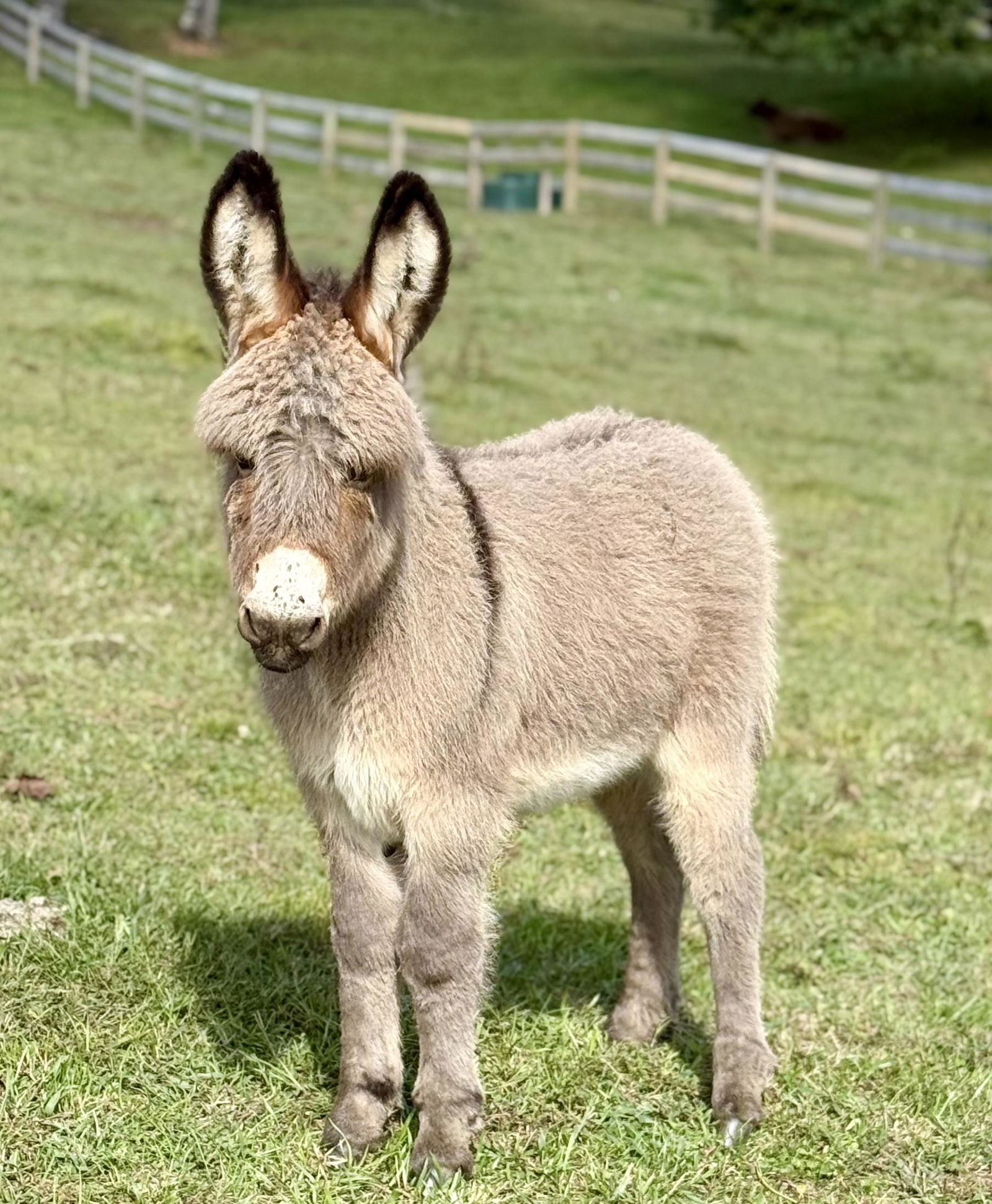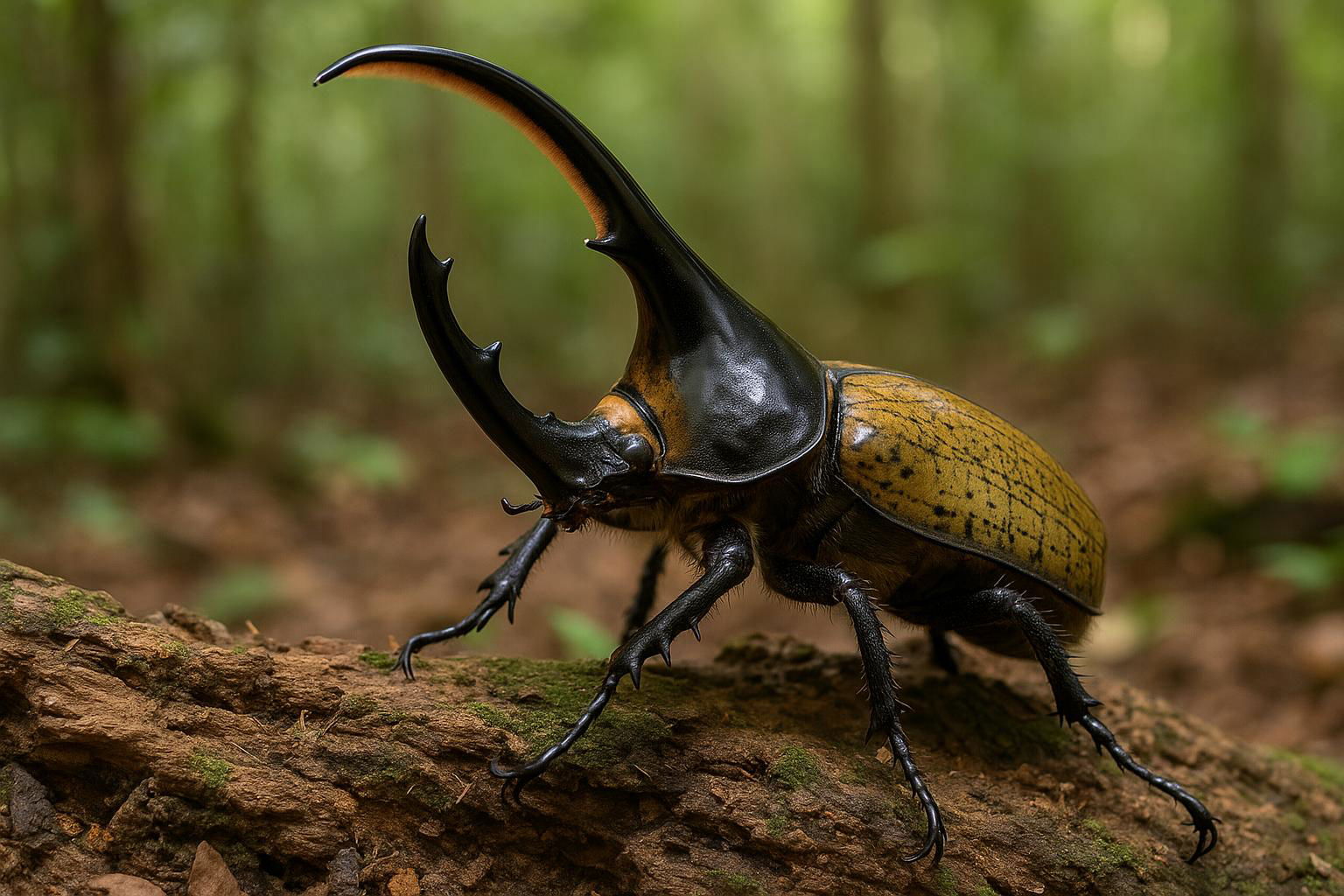
Hercules Beetle
Dynastes hercules
The Hercules Beetle, scientifically known as Dynastes hercules, is one of the largest and most striking beetles in the world, renowned for its impressive size and formidable strength. Native to the rainforests of Central and South America, these beetles exhibit remarkable sexual dimorphism; males are particularly noted for their large horns, which can be longer than their body. The average male can reach lengths of up to 19 cm (7.5 inches), while females are generally smaller and lack horns. The robust exoskeleton of the Hercules Beetle is typically olive-green with black spots, although its coloration can change in response to humidity, providing camouflage in their lush, forested habitats.
The Hercules Beetle's impressive horns are used primarily in combat with rival males during mating competitions, where the goal is to flip an opponent onto its back. Despite its fearsome appearance, this beetle poses no threat to humans. Its diet mainly consists of decaying plant material, contributing to nutrient cycling within its ecosystem. Lifecycle stages include egg, larval (grub), pupal, and adult phases, with the beetle spending the majority of its life as a larva. The Hercules Beetle has fascinated entomologists and nature enthusiasts alike, not only for its size and strength but also for its role in the ecological web of the tropical forest.

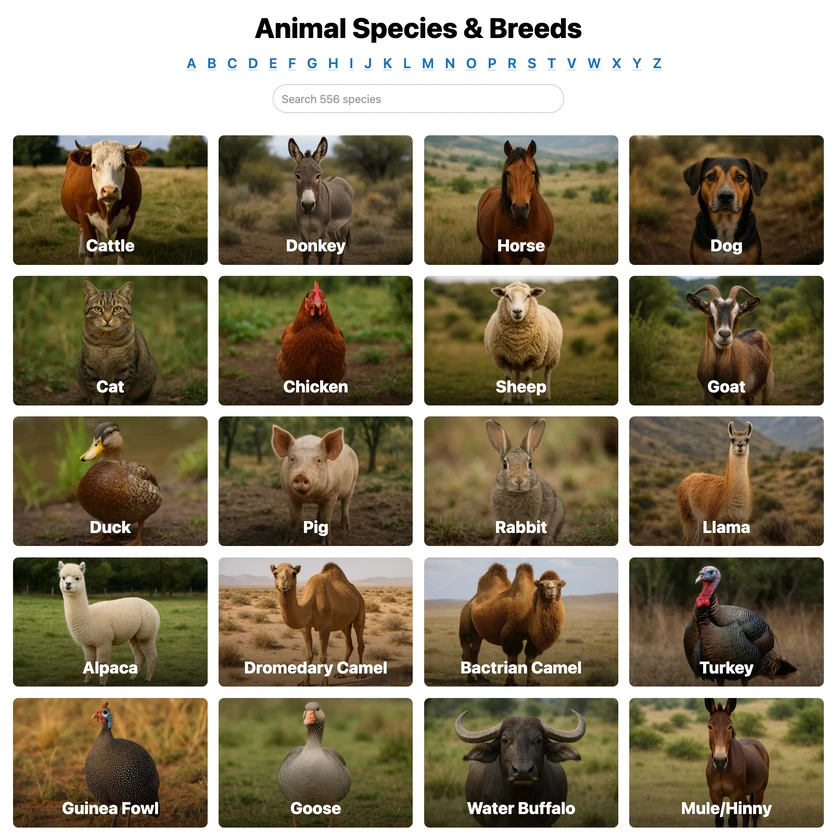 All Species & Breeds
All Species & Breeds
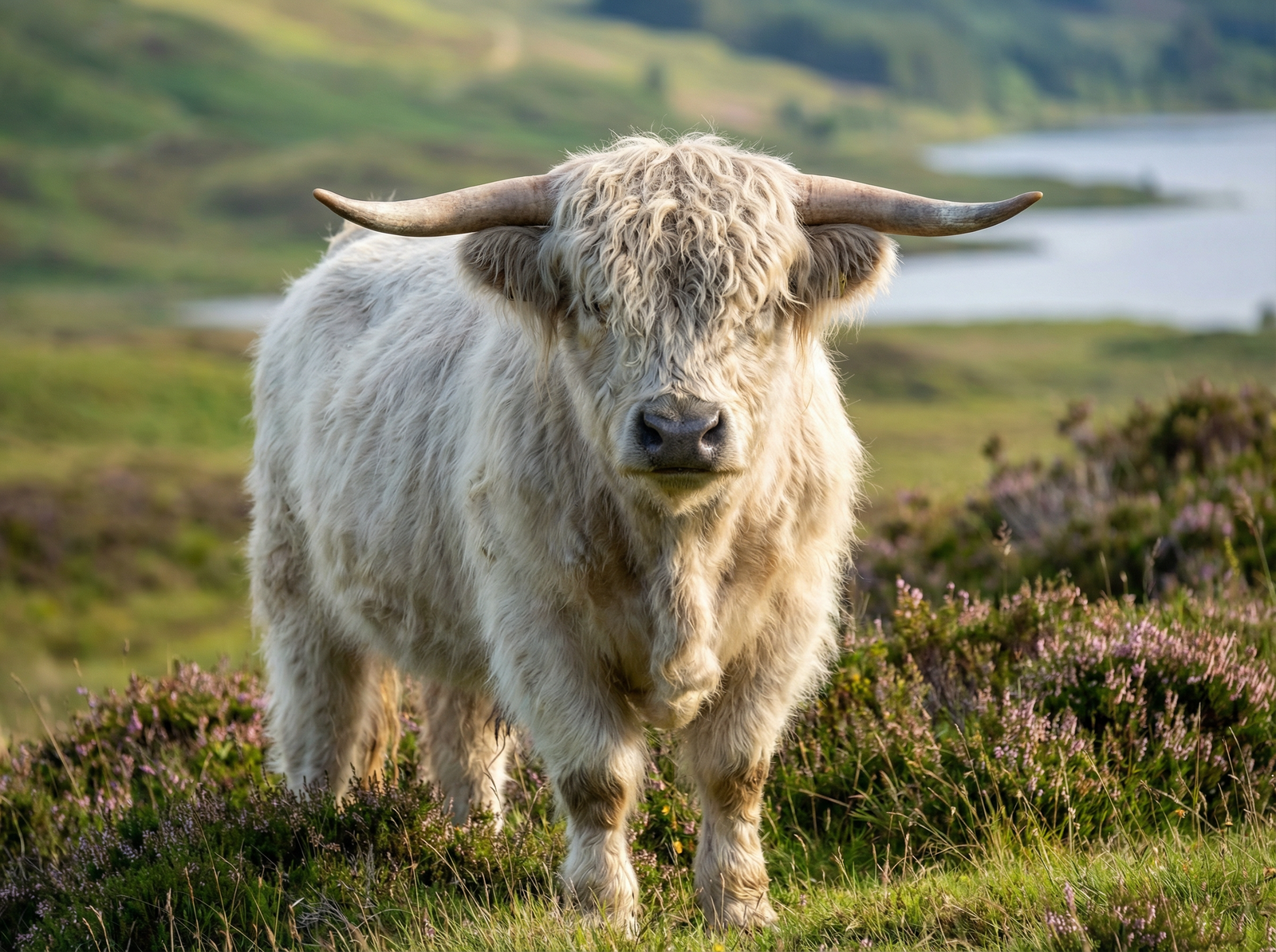 Highland Cattle
Highland Cattle
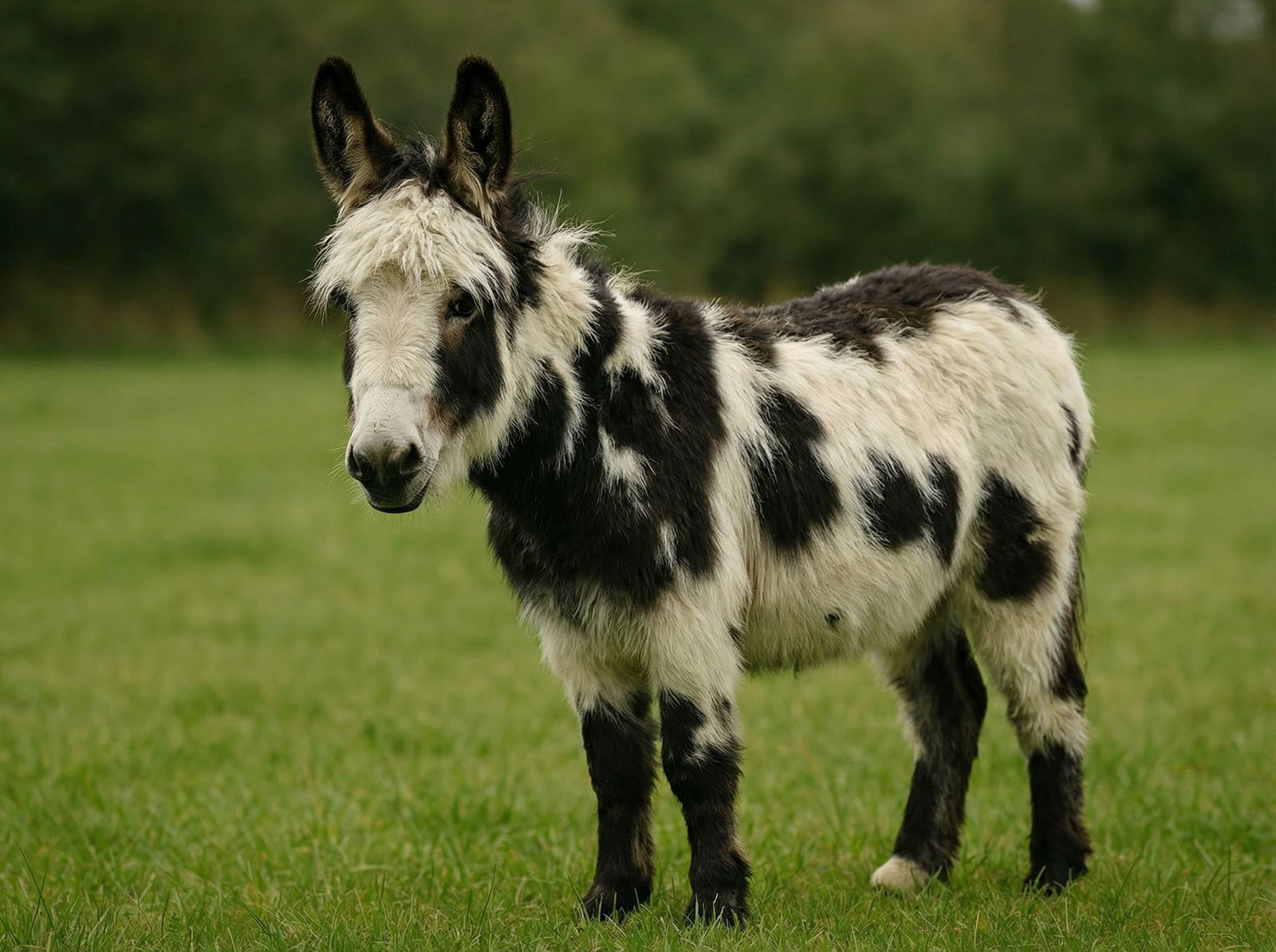 Miniature Donkeys
Miniature Donkeys
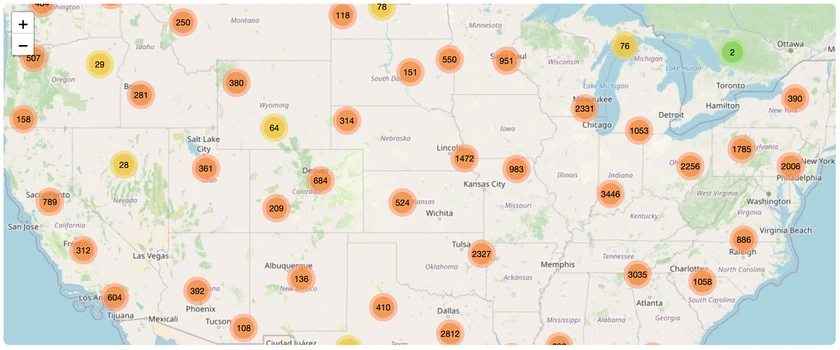 All Species Directory
All Species Directory
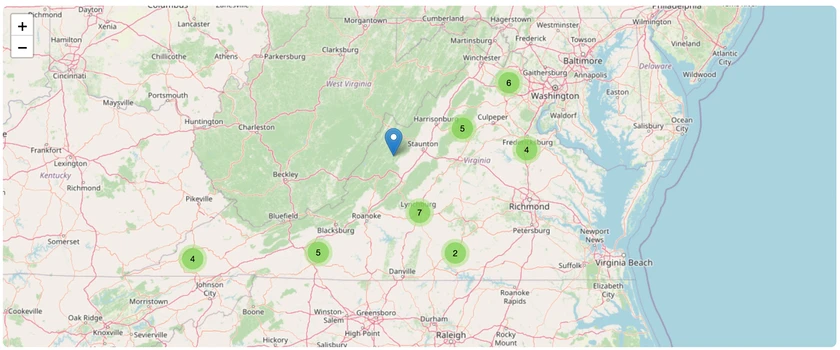 Highland Cattle in Virginia
Highland Cattle in Virginia
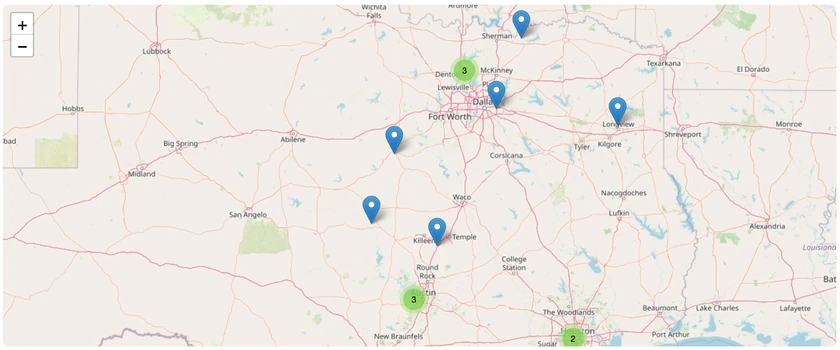 Miniature Donkeys in Texas
Miniature Donkeys in Texas
